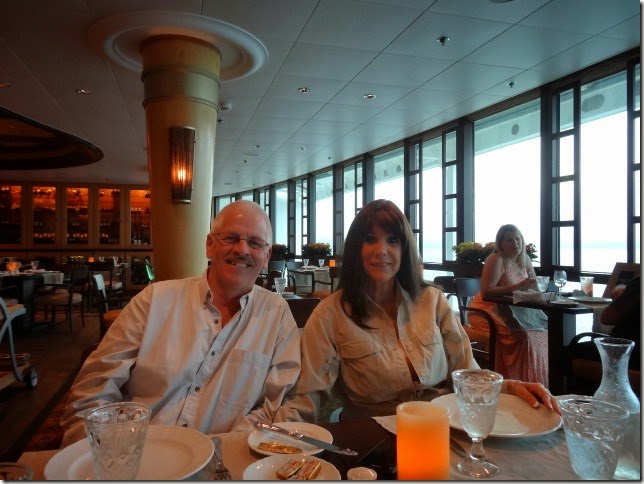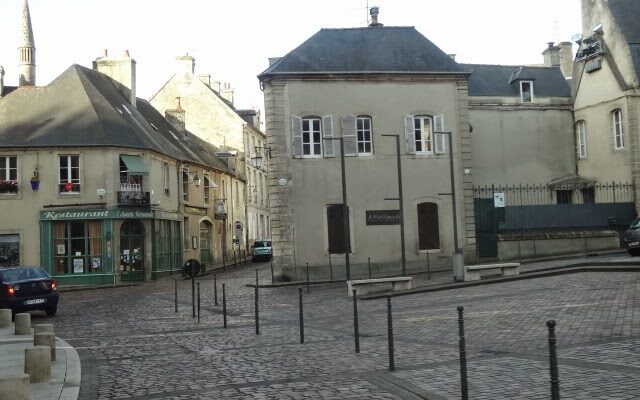
Time seems to fly as we age because of the way our brains perceive time. Everything is new and unfamiliar when we’re young, so our brains process these experiences with intense focus, creating many vivid memories. Each day feels longer because we’re constantly learning and noticing details.
But as we age, life becomes more routine, and our brains don’t have to work as hard to process familiar events. This creates fewer “new” memories, making time seem to speed up.
There’s also the relative perspective. When you’re 10, a year is 10% of your life. But by the time you’re 50, a year is just 2%. As a result, each passing year feels proportionally shorter compared to the ones before.
Emotionally, it’s also tied to how we approach life. Many people reflect on missed opportunities or unfinished goals as they age, which can amplify the sensation that time is slipping away. The more we focus on the rapid passage of time, the faster it seems to move, leading to that bittersweet feeling of time flying when we’re older.
Yes! “Time flies when you’re having fun” taps into how our brains handle enjoyment and focus. When deeply engaged in something that brings us joy, we enter a ” flow state.” In this state, we’re fully immersed in the present moment, losing track of external factors…like time.
Our brains aren’t constantly clock-watching or overanalyzing; instead, they’re soaking in the experience, and before we know it, hours have passed.
It’s almost like when we’re having fun; time slips into the background because we’re more focused on the joy and connection we’re feeling. The irony is that the more we wish to hold onto those moments, the faster they seem to slip through our fingers. It’s as if fun compresses time, making it feel fleeting.
This sense of time speeding up during fun is a reminder to embrace the present fully—while it lasts!
We can’t waste time worrying about how much time we have left, nor can we become obsessed with always having fun. Life’s reality dictates that sometimes it’s challenging and far removed from our preferred reality. However, having “downtime” is crucial to embracing those special times when we engage in joyful and playful activities.
As we also know, during downtimes, we can fall into the trap of believing this is our permanent state of being. God, Life, or whatever spiritual means you surround yourself with (or not) usually provides us with the choice to make the best of every situation. However difficult it may seem, our state of mind determines the quality of our lives, regardless of the challenges. As world travelers, we are temporarily in another type of lockdown preventing us from exploring the world at this time to find even snippets of pleasure and purpose in our currently mundane state of being.
Thank you for sharing this time with us.
Be well.\
Photo from ten years ago today, September 15, 2014:























